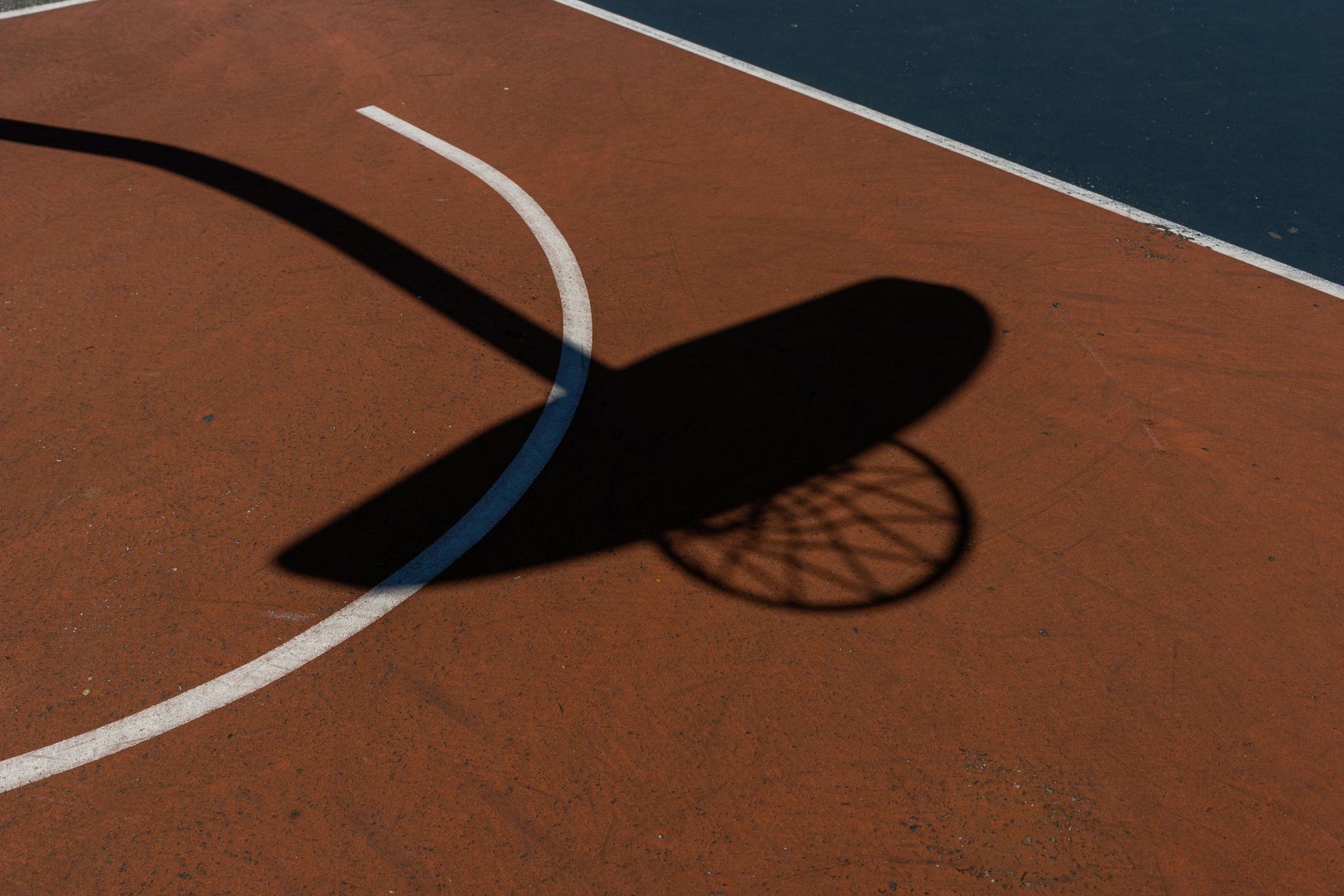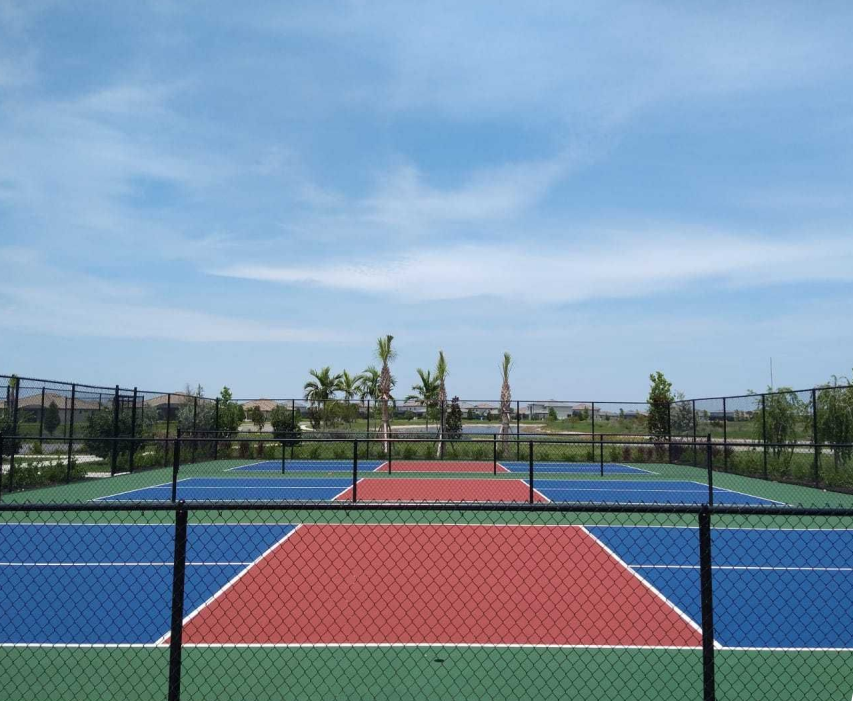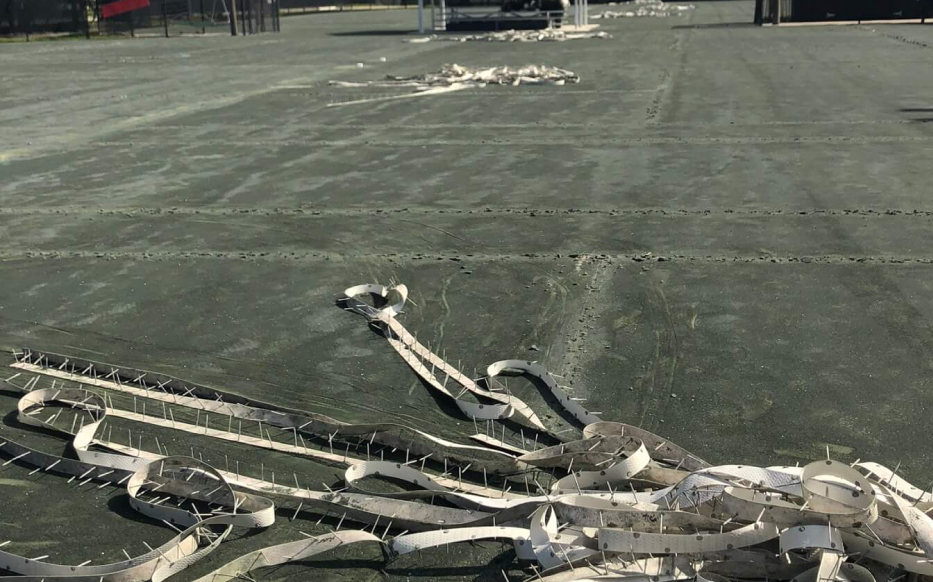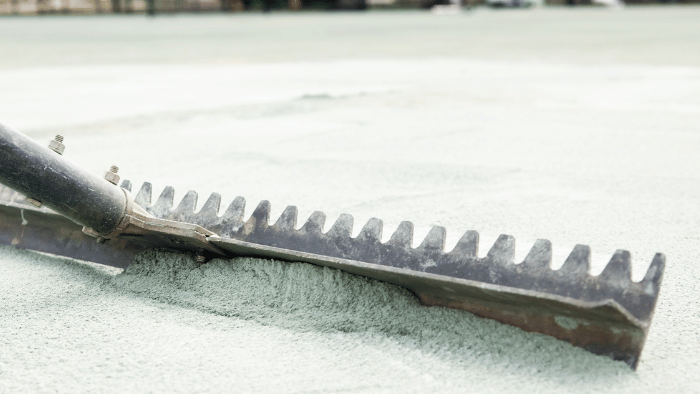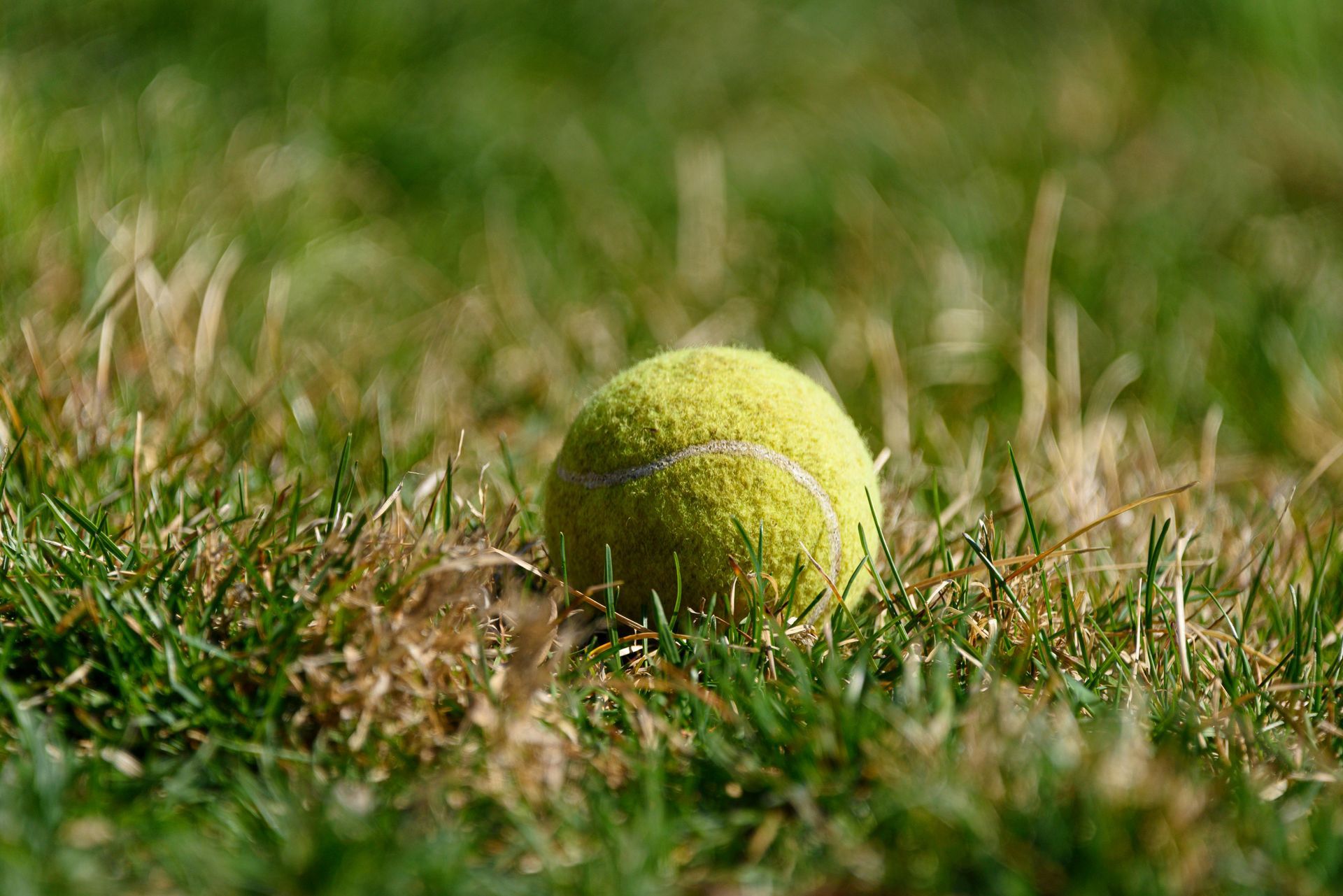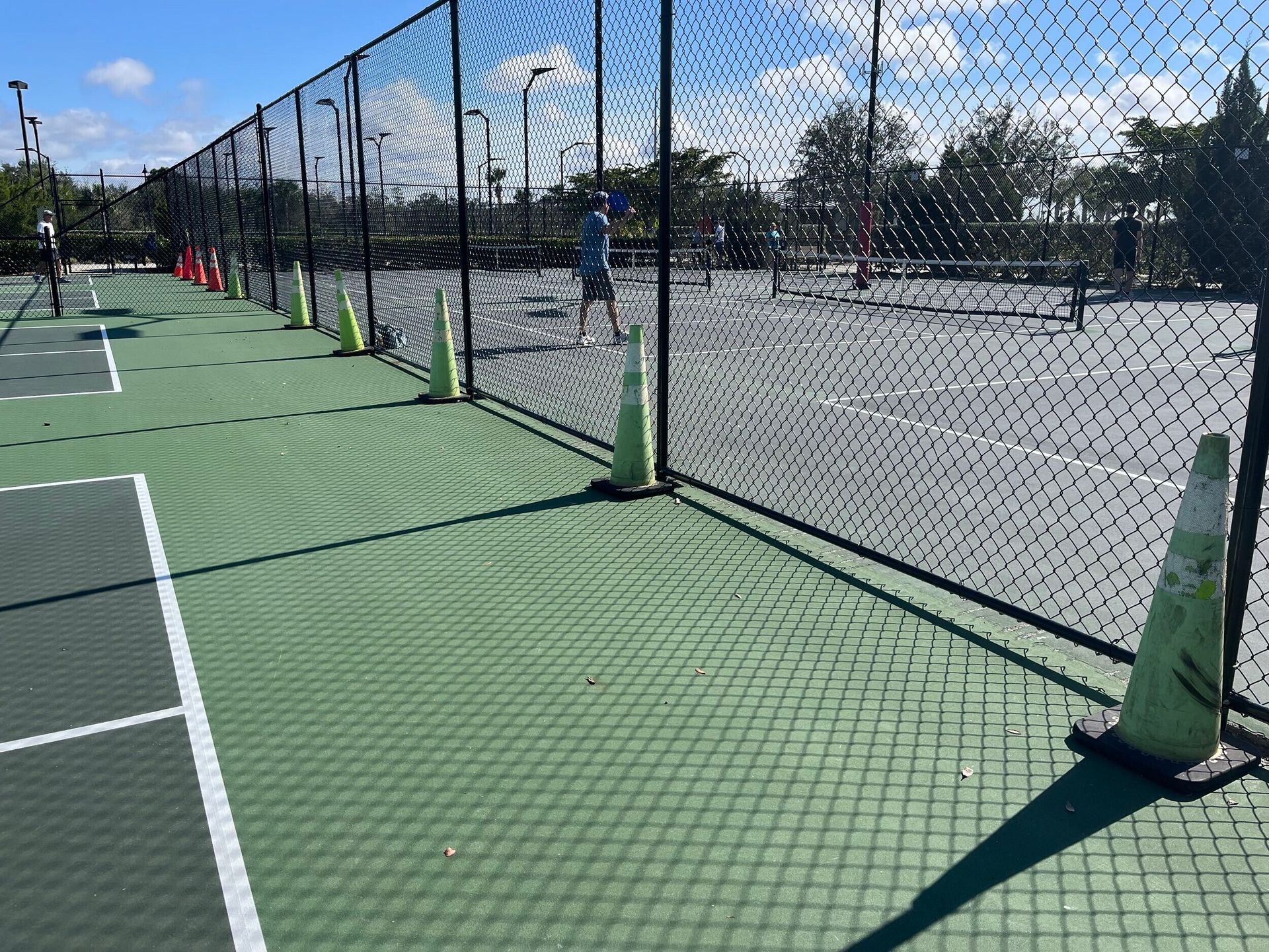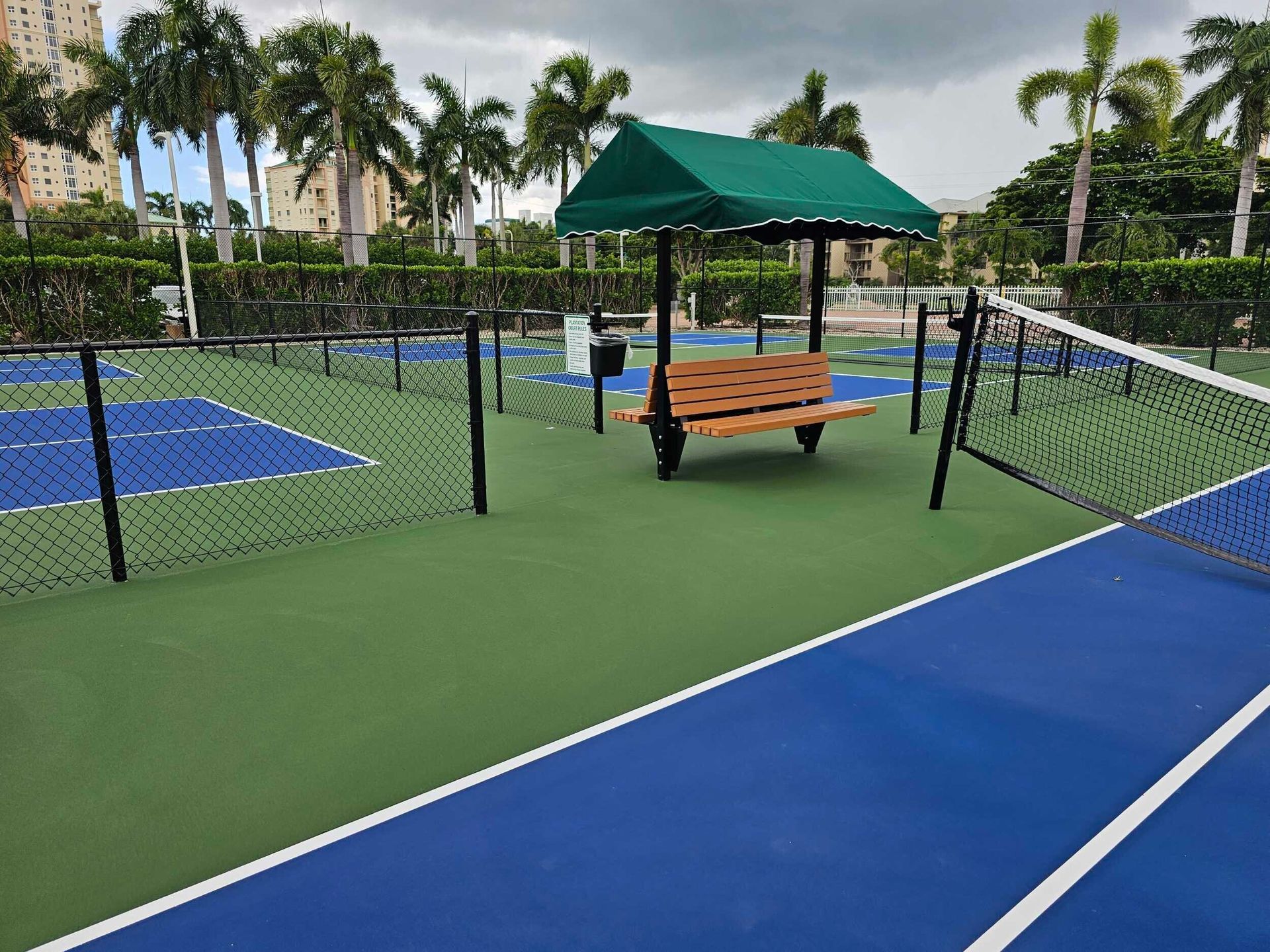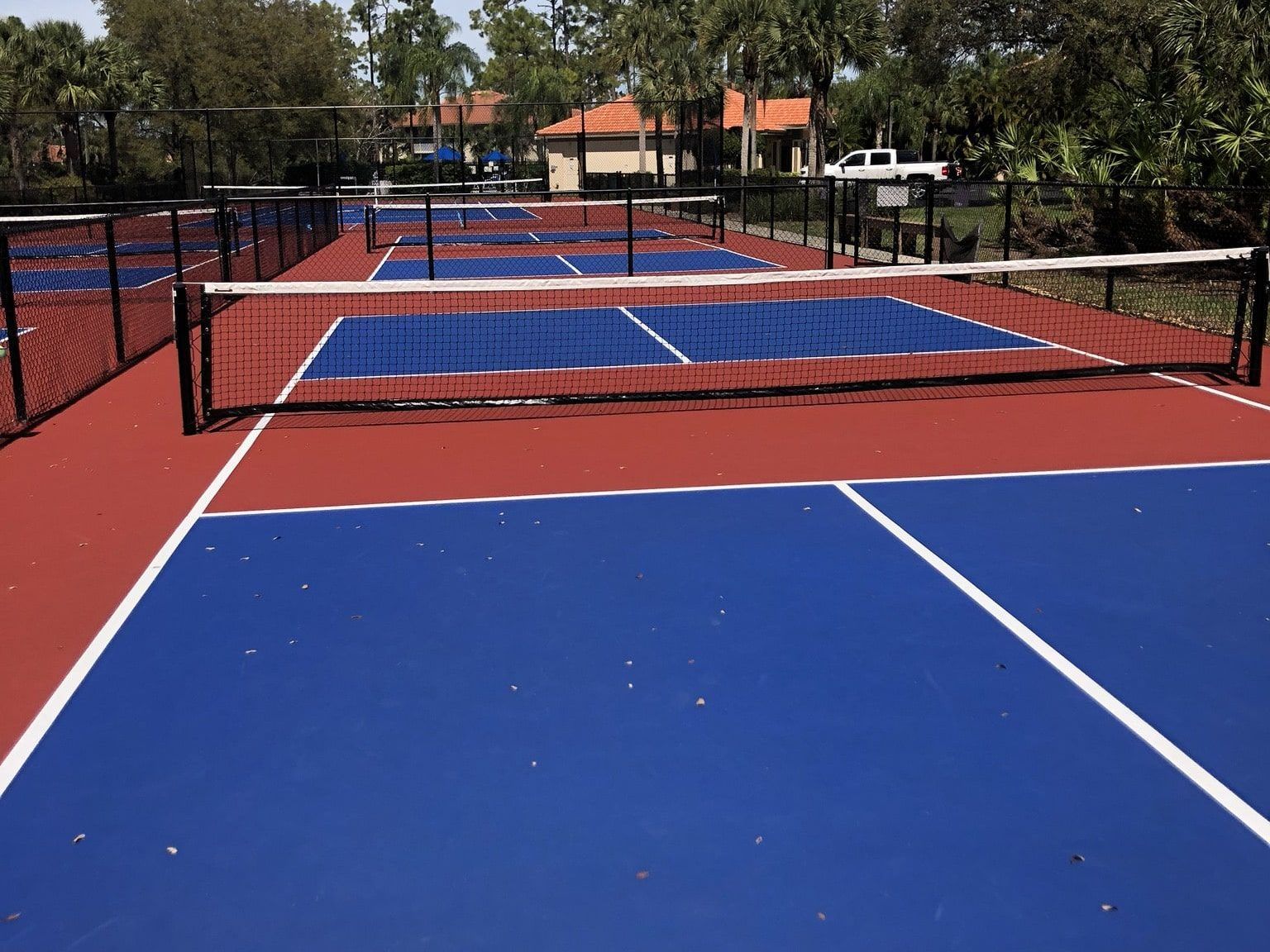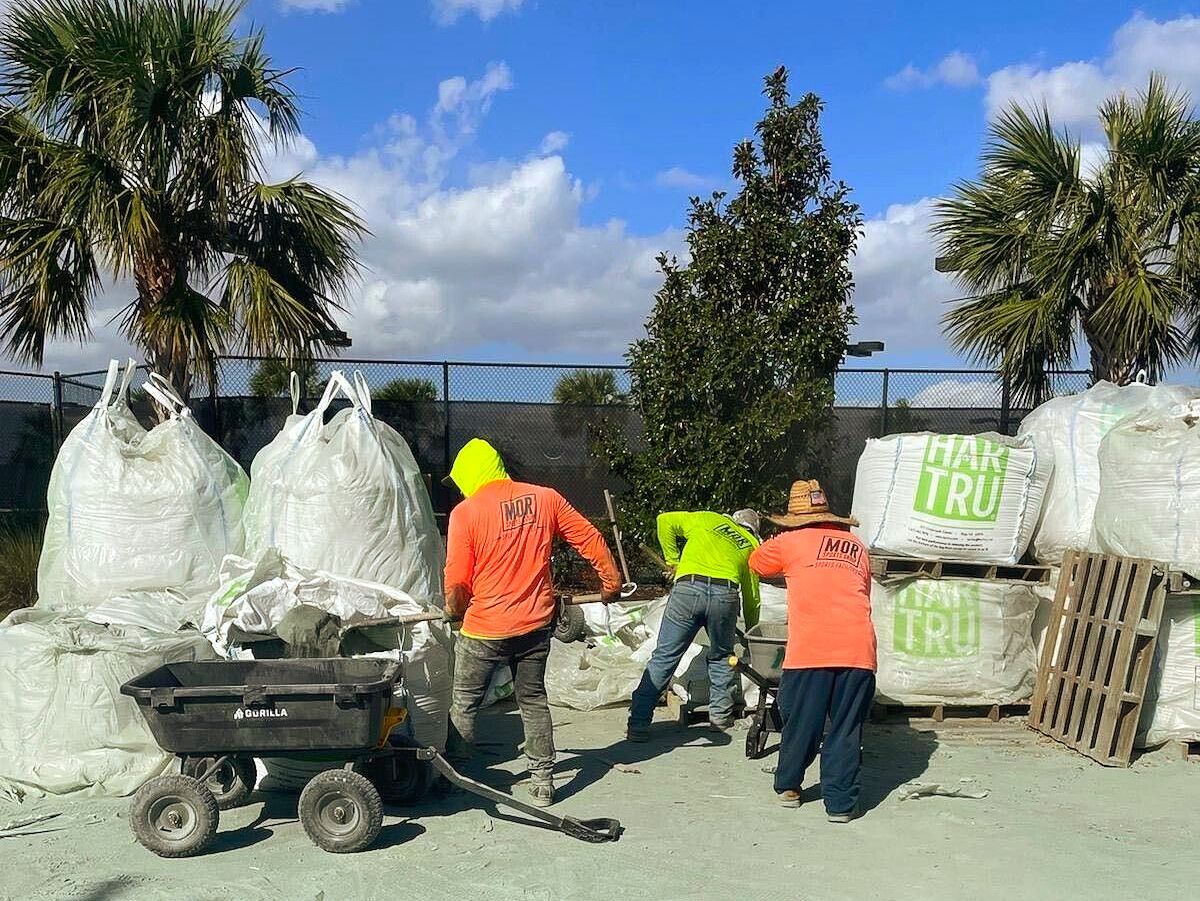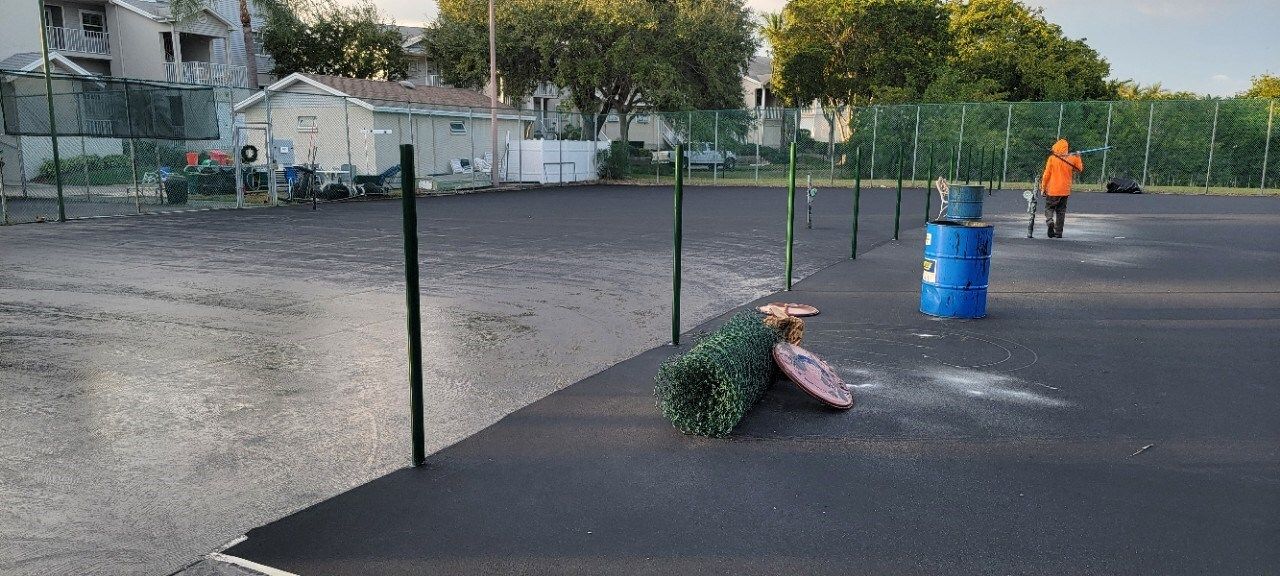Bocce Ball Court Construction: The Ultimate Guide
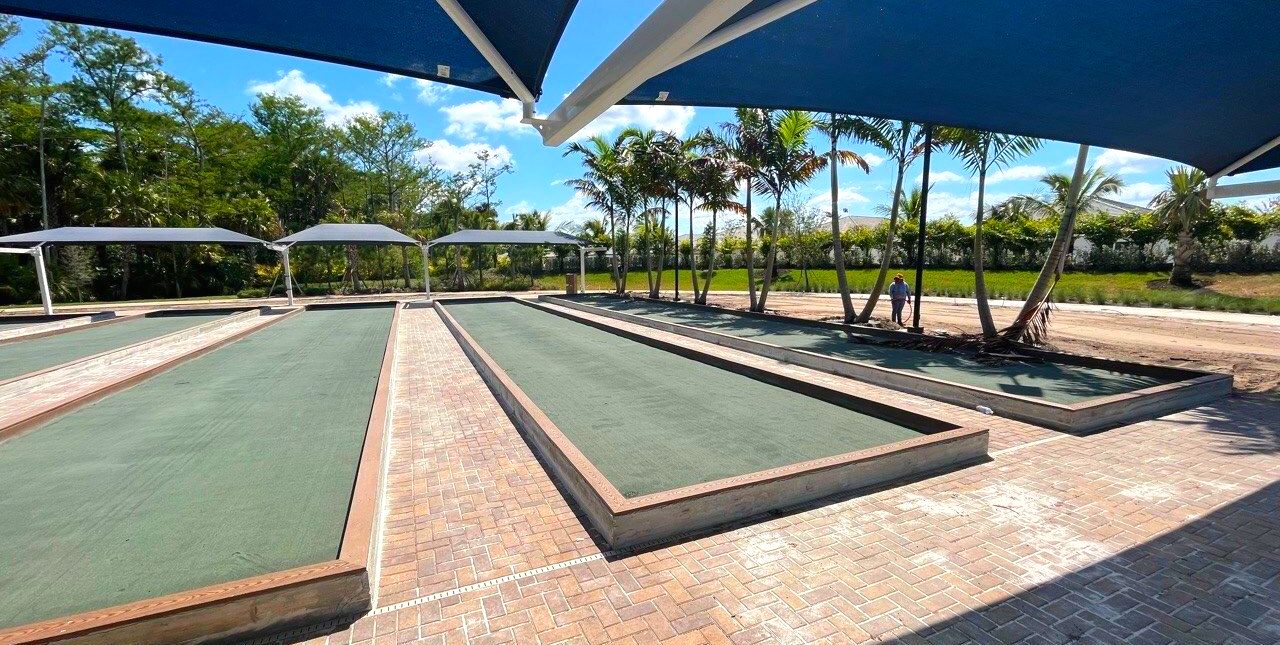
Creating a bocce ball court in your backyard is more than just a DIY project—it’s a way to enhance your outdoor space with an interactive and timeless feature. Bocce ball courts offer endless entertainment, combining the joy of friendly competition with the elegance of a well-crafted playing area. Whether you’re a seasoned bocce player or new to the game, this guide will walk you through the entire process, from planning to finishing touches, ensuring your court becomes the highlight of your home.
Introduction to Bocce Ball and Court Construction
Before diving into the construction details, it’s worth understanding the broader appeal of bocce ball and what makes building your own court such a rewarding experience.
The Growing Popularity of Bocce Ball
Originating in Italy, bocce ball has a history dating back thousands of years. It was initially a pastime for the elite but has evolved into a globally beloved lawn game. Its appeal lies in its easy-to-learn rules and versatility.
In recent years, bocce ball’s popularity has surged, particularly as homeowners look for new ways to use outdoor spaces. Unlike other sports that may require specialized skills or equipment, bocce ball is straightforward, making it perfect for casual gatherings, family outings, or competitive play. The game fosters camaraderie, encouraging interaction among players and spectators alike.
Why Build a Bocce Ball Court?
Constructing a bocce ball court in your backyard is an investment in both recreation and property enhancement. Having a dedicated court means instant access to a relaxing yet competitive activity. It provides a gathering point for parties, family events, or even solitary practice sessions.
Beyond gameplay, a bocce court adds visual interest to your outdoor area. Its clean lines and tailored landscaping can elevate your backyard’s design, blending functionality with aesthetics. A well-built court can increase your property’s value by offering a unique feature that appeals to potential buyers.
Whether you’re hosting a barbecue or enjoying a quiet evening outdoors, a bocce court becomes more than just a play area. It transforms into a social hub that enhances the way you use your outdoor space.
Overview of the Bocce Ball Court Construction Process
Building a bocce ball court might seem daunting, but breaking it into manageable steps simplifies the process. The project involves:
- Planning: Selecting the right location, determining dimensions, and setting a budget.
- Site Preparation: Clearing and leveling the ground to create a stable foundation.
- Constructing the Base: Adding drainage layers and compacting materials to ensure durability.
- Laying the Playing Surface: Applying and leveling materials like oyster shells or granite for a smooth finish.
- Adding Personal Touches: Installing borders, lighting, and landscaping to customize the court.
With a bit of patience and the right tools, you can create a professional-grade bocce ball court tailored to your preferences and needs, offering years of enjoyment and versatility.
Planning Your Bocce Ball Court
A successful bocce ball court begins with thoughtful planning. Careful consideration of location, size, materials, and budget ensures that your court fits your space, meets your expectations, and functions effectively. A well-planned court not only provides hours of enjoyment but also blends seamlessly into your backyard’s design.
Choosing the Best Location
The location of your bocce court determines how easy it is to construct and maintain, as well as how enjoyable it will be to use. Selecting an appropriate spot can reduce construction time and costs while enhancing the overall experience.
- Flat Terrain: A naturally flat or easily leveled area minimizes excavation work, making construction quicker and less labor-intensive. The uneven ground may require grading or additional materials to create a level playing surface.
- Good Drainage: Poor drainage leads to water pooling, which can damage the court and disrupt gameplay. Choose a site with natural drainage, or plan to incorporate drainage solutions like French drains or a sloped sublayer.
- Yard Integration: The court should fit harmoniously with your backyard layout without disrupting other activities. Consider proximity to seating areas, patios, or pathways to enhance usability and accessibility.
- Orientation: Position the court lengthwise from north to south whenever possible. This orientation reduces glare during sunrise and sunset, ensuring clear visibility for players throughout the day.
If your yard has limited options, prioritize drainage and accessibility over orientation. Simple adjustments, like adding a shade structure, can compensate for less-than-ideal positioning.
Determining the Right Court Size
The size of your bocce court depends on your available space, budget, and intended use. Test potential sizes by outlining the dimensions with stakes and string in your yard. This will help you visualize how the court fits and interacts with existing landscaping.
Regulation courts are ideal for competitive play, but smaller designs can also be just as enjoyable in residential settings.
- Regulation Size (13x91 feet): Perfect for avid bocce players or those hosting frequent gatherings. This size offers the most authentic playing experience but requires significant space and resources.
- Backyard-Friendly Sizes (12x60 feet or 10x40 feet): These dimensions balance functionality with space constraints, making them ideal for family games or casual play. They provide ample room for smooth gameplay while fitting comfortably into most medium-sized yards.
- Compact Designs (5x20 feet): These smaller courts are perfect for tight spaces or budget-friendly projects. They don’t allow full regulation-style play, but they still deliver hours of fun and are easier to maintain.
Budgeting for Materials and Tools
Your budget shapes the materials and tools you’ll use, influencing the court’s overall quality and durability. Planning for possible costs upfront prevents surprises and ensures smoother construction. With strategic planning, you can balance cost and performance effectively.
- Materials: Premium materials like crushed oyster shells, decomposed granite, and pressure-treated lumber offer durability and professional aesthetics but come at a higher price. For a more budget-friendly approach, opt for alternatives like stone dust, sand, or landscape timbers, which still provide a functional and attractive court.
- Tools: Specialized tools like compactors, lawn rollers, or saws are often needed for construction. To save money, rent these items from a hardware store or borrow them from friends or neighbors. Renting is particularly practical for rarely used tools, such as plate tampers or transit levels.
Essential Materials and Tools for Court Construction
The materials and tools you select for constructing your bocce ball court significantly influence its quality, durability, and ease of maintenance. Investing in the right resources ensures a professional finish and long-lasting performance. By understanding the purpose of each material and tool, you can make informed decisions that align with your budget and goals.
Material List
Every bocce ball court requires a combination of durable, weather-resistant materials to create a sturdy foundation and a smooth playing surface.
Pressure-Treated Lumber
The court’s border relies on pressure-treated wood to define the playing area and prevent erosion of surface materials. Pressure-treated lumber resists decay and insect damage, ensuring the border remains intact over time. Boards like 6x6 timbers or landscape timbers are popular choices, offering both strength and aesthetic appeal.
Base Materials
A solid foundation begins with crushed stone or gravel, which provides stability and excellent drainage. The base layer typically consists of ¾-inch crushed stone, compacted to create a level and supportive surface for subsequent layers. This material prevents water pooling, a critical factor for preserving the court’s longevity.
Surface Layers
The playing surface determines the quality of gameplay. Popular options include:
- Crushed Oyster Shells: Ideal for precision and smooth ball rolling, providing a professional-grade finish.
- Decomposed Granite: Affordable and widely available, it delivers a stable surface suitable for casual play.
- Sand: A budget-friendly alternative, offering a soft surface that’s easy to install.
Weed Barrier
Landscape fabric serves as a protective layer beneath the base materials, preventing weeds from growing through the surface and disrupting gameplay. This material is lightweight, easy to install, and adds an extra layer of durability to the court.
Required Tools
The right tools streamline the construction process, ensuring accuracy and reducing physical effort. Many tools can be rented or borrowed to save costs.
Shovels and Rakes
These basic tools are essential for digging, leveling, and spreading materials across the court. Use a flat shovel for precise excavation and a rake to distribute gravel and surface layers evenly.
Tamper or Lawn Roller
Compacting each layer is crucial for creating a stable and smooth surface. A manual tamper or a heavy lawn roller achieves this by pressing down loose materials, ensuring they stay in place over time.
Drill and Circular Saw
For constructing the wooden border, a drill and circular saw are indispensable. The drill secures screws or bolts, while the saw cuts the lumber to precise lengths, ensuring a snug and polished fit.
Leveling Tools
Achieving a level surface is essential for fair gameplay. Use a carpenter’s level to check for flatness during each construction phase. A string line stretched between stakes provides a simple but effective guide for maintaining straight edges and consistent heights.
Step-by-Step Bocce Court Construction
With your planning complete and materials ready, it’s time to bring your bocce ball court to life. This process involves careful measurements, site preparation, and the layering of materials to ensure a smooth and durable playing surface. Follow each step methodically to achieve a court that’s both functional and aesthetically pleasing.
Step 1: Mapping the Court Dimensions
Accurate mapping of your court is the foundation of a successful build. Proper dimensions ensure a playable surface and help avoid future issues. Start by marking out the court dimensions using stakes and string. Whether you’re constructing a regulation-size court or a smaller backyard version, make sure to:
- Measure the length and width precisely. Use a measuring tape to mark boundaries that account for your playing surface and any additional framing.
- Position the stakes at the four corners and tie string between them to form straight, clear boundary lines.
To confirm the layout is square, measure diagonally from one corner to the opposite corner. The two diagonal measurements should match. Adjust the stakes and string as needed to achieve alignment. If your yard has slopes or uneven ground, consider this step an opportunity to plan adjustments that will ensure a level court.
Step 2: Preparing the Site
Preparing the site is a critical step that lays the groundwork for a stable and long-lasting court. Proper excavation and leveling prevent water pooling and ensure the base materials settle correctly.
Begin by removing the top layer of grass, roots, and debris. Dig down 4–6 inches within the outlined court area. Use a shovel to clear the surface and create a flat, even base. If the site is sloped, excavate accordingly to maintain a level playing area. For large, uneven areas, consider bringing in additional soil or gravel to fill low spots before compacting. It’s essential to remove rocks and other obstructions to prevent damage to the base layers.
Step 3: Installing the Drainage Layer
A well-constructed drainage layer ensures your court remains playable even after heavy rains. Without proper drainage, water can collect, leading to surface degradation or unevenness.
Spread a 2–3 inch layer of crushed stone or gravel evenly across the excavated area. The crushed stone provides stability and facilitates water flow, preventing standing water on the court. Use a tamper or a heavy-duty roller to compact the layer firmly. Compacting eliminates air pockets and ensures the base is strong enough to support additional layers.
When spreading the stone, focus on creating a slight slope from the center to the sides to direct water runoff naturally. This subtle slope is barely noticeable during play but makes a significant difference in drainage efficiency.
Step 4: Building the Wooden Border
The wooden border serves multiple purposes: it contains the surface materials, maintains the court’s shape, and enhances the visual appeal. Choose durable, pressure-treated lumber to ensure the border withstands weather conditions.
Start by placing the boards along the outlined boundaries. Secure the boards with rebar or heavy-duty decking screws, ensuring they’re flush with the ground or slightly above the playing surface. If your court is large, stagger the board joints to increase stability and prevent movement. For added durability, consider anchoring the bottom layer of the border to the ground using rebar driven through pre-drilled holes. This keeps the border securely in place even after years of use.
Step 5: Adding the Base and Surface Layers
The base and surface layers form the heart of the bocce ball court. Together, they provide the smoothness and stability needed for consistent gameplay. As you work, check the surface frequently with a level to ensure consistency across the entire court.
- Base Layer: Spread a 2–3 inch layer of decomposed granite, agricultural limestone, or similar material. Compact this layer thoroughly using a tamper or roller to create a flat, even foundation. Compacting is essential to prevent settling over time, which can lead to uneven spots.
- Surface Layer: Apply a 1–2 inch layer of crushed oyster shells, sand, or fine gravel as the top layer. Use a screed board or rake to level the surface evenly. Compact the layer again to ensure durability and smoothness. A well-leveled surface is crucial for accurate ball rolls and enjoyable gameplay.
Step 6: Final Touches
The final touches transform your court from functional to exceptional, adding polish and practicality.
- Install end boards at the shorter edges of the court to absorb the impact of balls. Secure these boards to the side borders for added stability.
- Consider landscaping around the court to integrate it into your yard. Decorative edging, such as rocks or low-maintenance plants, enhances the court’s appearance.
Optional additions like lighting, a scoreboard, or a storage cabinet for bocce balls and accessories can further elevate the playing experience. Finally, inspect the court for any loose materials or uneven spots before rolling your first game.
Surface Material Options: Pros and Cons
Choosing the right surface material for your bocce ball court is one of the most critical decisions in the construction process. The surface impacts how the balls roll, the amount of maintenance required, and the overall cost of the project. Different materials cater to various needs, budgets, and aesthetic preferences. Here’s a detailed breakdown of the most popular options to help you make an informed choice.
Crushed Oyster Shells
Crushed oyster shells are the gold standard for bocce ball court surfaces. This is great for homeowners aiming for a professional-quality court and willing to invest in a premium material. They are often used in professional courts because of their excellent playability and durability.
- Pros:
- Exceptional Durability: Oyster shells are resistant to wear, even with heavy use, making them ideal for long-lasting courts.
- Smooth Surface: The delicate, compacted texture allows for precise ball rolling, giving players better control during games.
- Traditional Aesthetic: Oyster shells provide a classic, authentic look that aligns with the bocce ball’s Italian origins.
- Natural Drainage: This material is highly porous, ensuring excellent drainage and reducing the likelihood of water pooling on the surface.
- Cons:
- High Cost: Crushed oyster shells are one of the more expensive options, mainly if you’re covering a large court.
- Limited Availability: They can be challenging to source in regions far from coastal areas. Shipping costs may further increase the overall expense.
Decomposed Granite
Decomposed granite is a versatile and widely available material that balances affordability with functionality. DIY enthusiasts looking for an affordable, practical solution for casual backyard courts can utilize this.
- Pros:
- Cost-Effective: Compared to oyster shells, granite is significantly cheaper while still offering a stable playing surface.
- Readily Available: It’s easy to source from landscaping suppliers or hardware stores, making it a convenient option for most regions.
- Natural Appearance: The earthy tones of decomposed granite blend well with outdoor spaces, providing an attractive, cohesive look.
- Adequate Drainage: It’s not as porous as oyster shells, but decomposed granite still allows for decent water drainage.
- Cons:
- Frequent Maintenance: Over time, the surface may develop uneven spots, requiring periodic raking and leveling.
- Dust Generation: In dry conditions, granite can produce dust, which may be a minor nuisance during play.
- Weed Growth: Without a proper weed barrier, plants may sprout through the surface, increasing maintenance requirements.
Sand
Sand is a simple, budget-friendly choice for bocce ball courts, often used in recreational settings or for temporary and informal setups.
- Pros:
- Low Cost: Sand is inexpensive and widely available, making it a good choice for budget-conscious projects.
- Ease of Installation: Sand is easy to spread and level, reducing the time and effort required during construction.
- Soft Surface: The softer texture of sand provides a forgiving surface for casual play, especially for beginners.
- Cons:
- Compaction After Rain: Sand tends to compact and harden when wet, requiring frequent raking to restore its playability.
- Uneven Ball Rolling: Sand surfaces are less consistent, leading to unpredictable ball movements that may frustrate competitive players.
- High Maintenance: Regular upkeep is necessary to keep the surface smooth and free of debris.
Artificial Turf
Artificial turf is a non-traditional option that offers convenience and low maintenance, making it increasingly popular for modern bocce courts. This is best for homeowners prioritizing convenience and aesthetic appeal over traditional gameplay.
- Pros:
- Low Maintenance: Turf doesn’t require leveling, raking, or additional material, reducing long-term upkeep.
- Weather Resistance: It holds up well under various weather conditions, with no risk of compaction or pooling.
- Clean Surface: Turf is easy to clean and doesn’t generate dust or debris, providing a neat playing area.
- Cons:
- Lacks Authenticity: Turf doesn’t mimic the traditional feel of a bocce ball court, which may deter purists.
- Initial Cost: It eliminates ongoing maintenance costs, but the upfront expense of installing artificial turf can be significant.
- Limited Customization: Unlike granular materials, turf doesn’t allow for adjustments to texture or rolling speed.
Maintaining Your Bocce Ball Court
A bocce ball court, like any outdoor feature, requires consistent care to ensure it remains in peak condition. Regular maintenance not only improves gameplay but also extends the lifespan of the court, keeping it both functional and visually appealing. By addressing minor issues promptly, you can avoid costly repairs and preserve your investment for years of enjoyment.
Daily and Weekly Maintenance Tasks
Routine upkeep is essential for preserving the court’s surface and ensuring a consistent playing experience. Regular grooming also minimizes the risk of surface compaction and helps identify any emerging issues, such as small low spots or areas where materials may need replenishing.
After each use, simple tasks can go a long way in maintaining the quality of the court.
- Raking the Surface: Lightly rake the surface after every game to redistribute materials such as sand, stone dust, or crushed oyster shells. This step smooths out irregularities caused by ball impacts or foot traffic, keeping the court level and gameplay fair.
- Clearing Debris: Leaves, twigs, and other debris can accumulate quickly, especially if trees or shrubs surround the court. Use a broom or rake to remove these obstructions, preventing them from disrupting gameplay or embedding into the surface over time.
Seasonal Maintenance Tips
Daily tasks keep the court in shape, and seasonal maintenance addresses wear and tear that develops over time. These efforts ensure the court is ready for heavy use during peak seasons.
- Inspect and Replenish Surface Materials: Over time, areas of the court may settle or wear thin, creating uneven spots that affect gameplay. Add fresh surface material, like stone dust or crushed oyster shells, as needed to restore a flat, uniform surface.
- Recompact the Court: Use a tamper or lawn roller to compact the surface periodically. This process ensures the material remains firm, preventing balls from bouncing or veering unpredictably during play. Compacting also reinforces the base layers, reducing the likelihood of long-term settling.
- Reinforce the Borders: Inspect the court’s wooden or stone borders for signs of wear, such as loose screws, cracks, or warping. Tighten fasteners, replace damaged sections, and reseal wooden edges to protect against moisture and prolong their lifespan.
Performing these tasks at the start and end of each season keeps the court durable and ready for play, regardless of usage levels.
Protecting Against Weather Damage
Weather is one of the most significant factors impacting the condition of your bocce ball court. Proactive measures can help protect the surface and structure from the effects of rain, snow, and prolonged exposure to the elements.
- Covering the Court: Use a tarp or custom cover to shield the surface during heavy rain, snow, or extended periods of non-use. This prevents erosion of materials and inhibits weed growth, reducing the need for extensive repairs.
- Enhancing Drainage: Proper drainage is crucial for maintaining the court’s integrity. If you notice water pooling after rainfall, consider installing French drains, adjusting the court’s slope, or adding a layer of crushed stone to improve runoff.
- Sealing Wooden Borders: For courts with wooden frames, applying a weatherproof sealant every 1–2 years protects against water damage and warping. This simple step ensures the borders remain sturdy and visually appealing.
Tips for Customizing Your Bocce Ball Court
Customizing your bocce ball court not only enhances its functionality but also transforms it into an inviting and visually appealing feature of your backyard. By incorporating thoughtful touches, you can create a space that is perfect for entertaining guests or enjoying a quiet game with family.
Adding Decorative Edging and Landscaping
Framing your bocce court with decorative edging creates a clean and polished look while helping to contain the surface material. Options like stone, brick, or even wooden planks can complement your backyard’s overall design. Additionally, landscaping around the court with neatly trimmed shrubs, flowerbeds, or mulch adds a burst of color and texture, blending the court seamlessly into your yard.
For a natural and low-maintenance option, consider drought-resistant plants or native grasses that require minimal watering and upkeep. These plants can soften the edges of the court, creating a balanced look that integrates well with the surrounding environment.
Installing Nighttime Lighting
Adding lighting to your bocce ball court increases its usability, allowing for games that extend into the evening. String lights draped along the perimeter or nearby trees create a warm and inviting ambiance, ideal for casual gatherings. For more functional lighting, low-voltage LED fixtures can be installed along the edges or on posts to provide focused illumination without harsh glare.
Pathway lights leading to the court enhance safety while tying the space together visually. Solar-powered lights are an eco-friendly and cost-effective option, requiring minimal effort to install and maintain.
Building Accessories
Practical accessories add convenience and elevate the overall experience. A weatherproof storage cabinet near the court keeps bocce balls, scorecards, and other essentials organized and accessible. Installing a scoreboard helps keep games competitive and engaging, while shaded seating areas like benches or chairs under a pergola provide comfort for players and spectators alike.
Consider adding small luxuries like a drink station or a side table for refreshments. These details make the court feel like a complete recreational space, ideal for socializing and enjoying outdoor leisure.
Cost-Saving Strategies for DIY Bocce Court Construction
Building a bocce ball court can be a rewarding project, but the costs can add up if you’re not careful. Fortunately, there are many ways to reduce expenses without compromising on quality or functionality. With a bit of creativity and strategic planning, you can create a court that meets your needs and fits your budget.
Choose Cost-Effective Materials
The materials you use for your court can significantly impact the overall cost. Opting for alternatives to premium materials is one of the easiest ways to save:
- Stone Dust Over Oyster Shells: Crushed oyster shells provide an authentic bocce surface, but stone dust is a much more affordable option that still offers smooth playability and effective drainage. It’s widely available and blends seamlessly with most backyard designs.
- Landscape Timbers Over 6x6 Boards: Instead of pricier 6x6 pressure-treated boards for the border, consider using landscape timbers. These are not only cheaper but also lighter and easier to handle during construction.
Borrow or Rent Tools
Purchasing specialized equipment like compactors, lawn rollers, or circular saws can quickly increase project costs. To avoid these expenses:
- Borrow tools from friends, neighbors, or community groups who might already have what you need.
- Rent equipment from hardware stores or rental centers at a fraction of the cost of buying new. This is particularly useful for items like compactors or plate tampers that are essential but rarely used after the project is complete.
Simplify the Design
A simple court design can also help you save money. Reducing the size of your court, skipping end boards, or opting for a single layer of surface material can make a significant difference in your budget while still creating a functional and enjoyable playing area.
By focusing on cost-effective materials, borrowing or renting tools, and simplifying the design, you can build a bocce ball court that fits your budget while maintaining the quality and functionality needed for endless hours of fun.
Conclusion
A bocce ball court is more than an addition to your yard—it’s an investment in fun, relaxation, and connection. By following this comprehensive guide, you can create a durable, visually appealing court that becomes the centerpiece of your outdoor space. With regular maintenance and creative customization, your bocce court will definitely last for a longer period of time.
